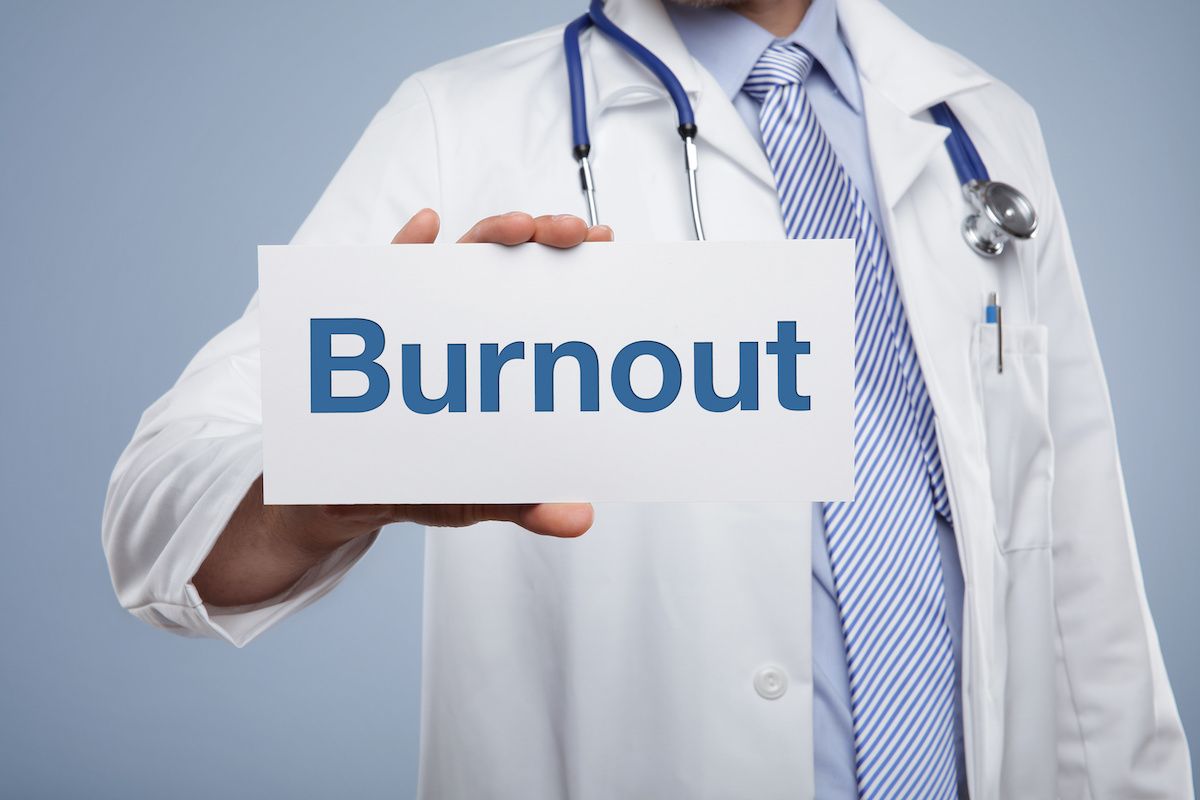Article
Billions wasted on incentive payments that fail to motivate physicians
Author(s):
Three-fourths of physicians eligible for incentive payments don't even know it, a recent report says. Here are four ideas to fix the system--and revolutionize pay-for-performance.
Payers spend about $20 billion annually on incentive payments, but a recent survey of more than 4,500 healthcare providers concludes that pay-for-performance programs are largely ineffective and do little to improve the quality of care.
Nearly 70% of primary care physicians (PCPs) surveyed by the Evanston, Illinois-based consulting firm ZS Associates in its 2012 Incentives for Health Professionals Report say that incentive payments are good, and 56% expect to receive more bonuses in the future. Roughly one-fourth of the PCPs polled report earned performance bonuses, compared with 22% of specialists, 18% of midlevel providers, and 7% of medical assistants.
Even though up to 85% of physicians and nurses could receive incentive payments, the report says that nearly 75% “were either unaware of the rewards or unable to distinguish incentive payouts from base pay.”
“Payer incentives are relatively small and fail to ‘trickle down’ to the individuals making the actual decisions that affect outcomes,” the report says.
Nearly 30% of PCPs surveyed say that incentive payments are not motivating, and more than half admitted to being unsatisfied or neutral concerning their current incentive plans.
Relative value units-a standardized amount assigned to each procedure or encounter-are used as an incentive payment metric for 72% of PCPs; for 30% of PCPs, they are the only metric used to calculate incentive payments. PCPs polled said that their incentives were based on:
volume of medical services provided,
customer or patient satisfaction,
quality of care,
effectiveness of care delivered, and
cost control or cost reduction.
The authors speculate that the incentives haven’t motivated physicians because they often are too small to make a difference, are perceived as arbitrary or unfair, are not understood, or are too infrequent to provide meaningful guidance.
More than 33% of PCPs say they get no guidance updates to back their incentive payments, whereas 45% reported receiving multiple updates. Roughly half of respondents say they receive payments once a year, with the rest being paid two to four times per year.
Because performance incentives are a cornerstone of healthcare reform and a widely accepted healthcare management tool, “smarter” use of such payments will be critical in the future if better quality and efficiency are desired, the authors say. Their suggestions for reforming incentive payments:
Increase the “at-risk” component of incentive payments to achieve higher engagement rates and allow for higher performance variation.
Offer more frequent payments to sustain awareness and spur behavior changes throughout the year rather than immediately before an annual payout.
Focus on a few critical outcomes, and include quality metrics aligned with cost controls as a basis for incentive payments.
Give providers clear and frequent updates on how close they are to meeting the goals needed to receive bonus payments and advice on how to get there.
Go back to current issue of eConsult
Related Content
Incentives are nice but do they change your practice?
The roadmap to incentive payments
EHR Study Update: EHR incentive payments
Action items, deadlines to consider for earning meaningful use incentives in 2012





